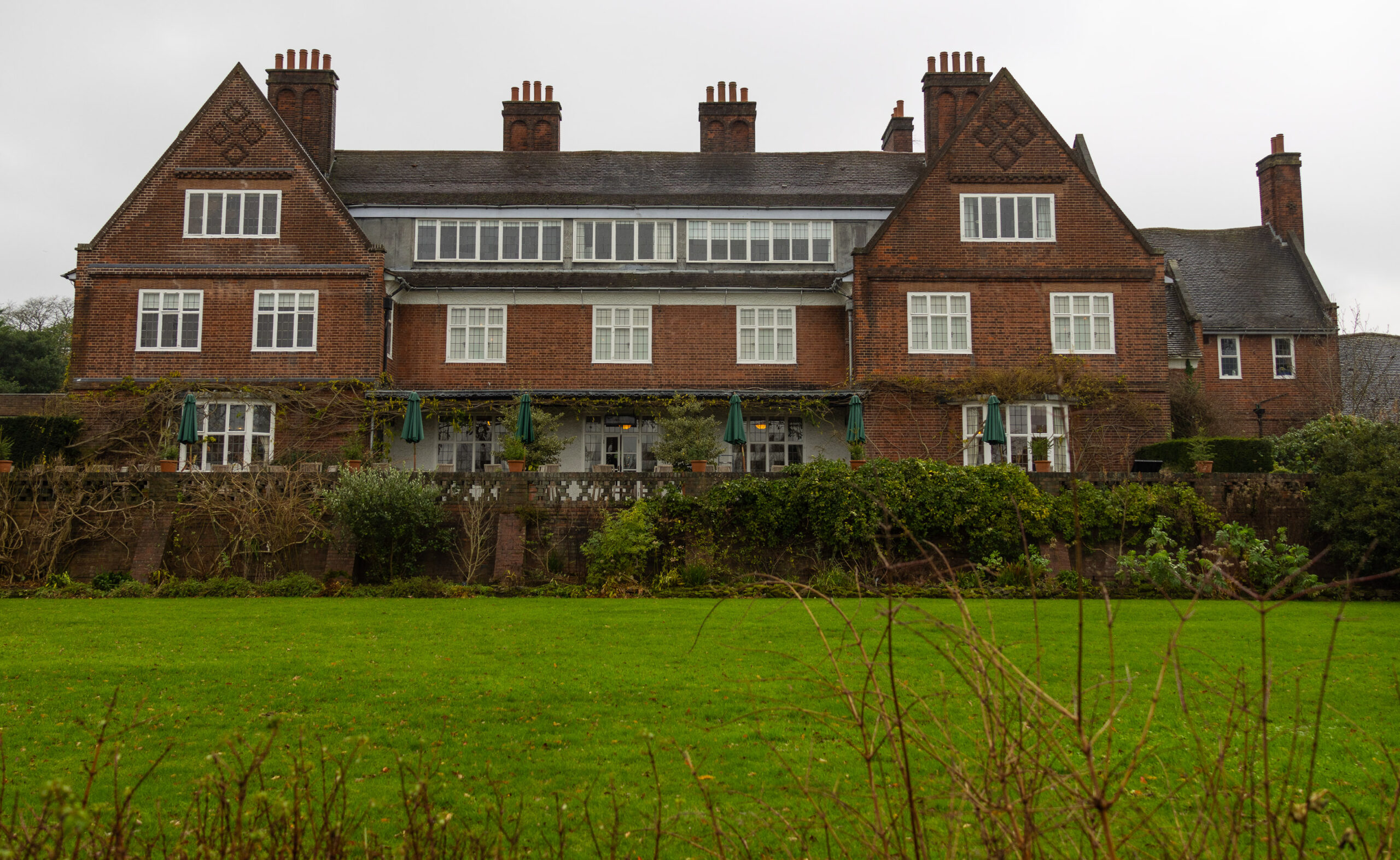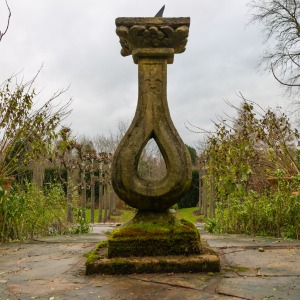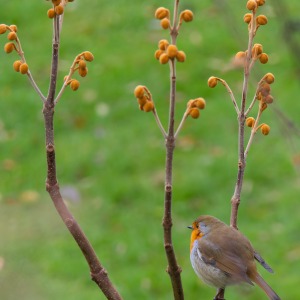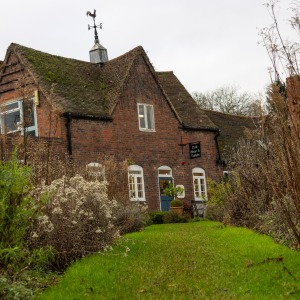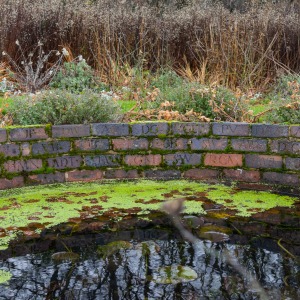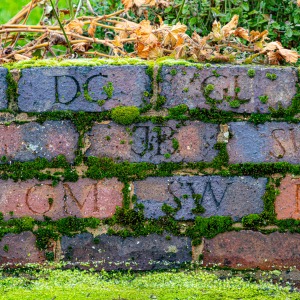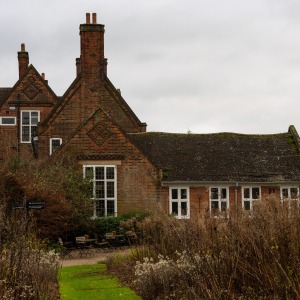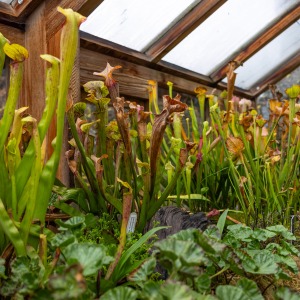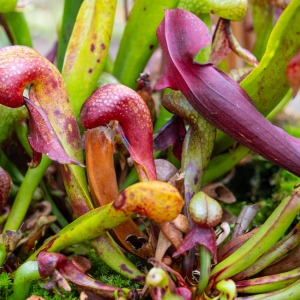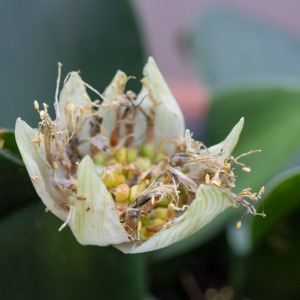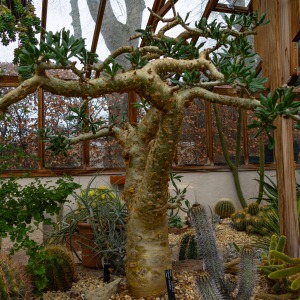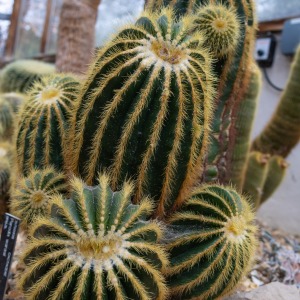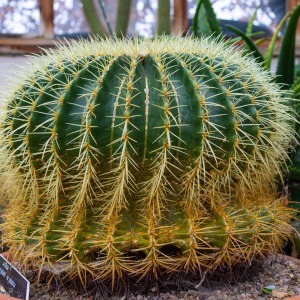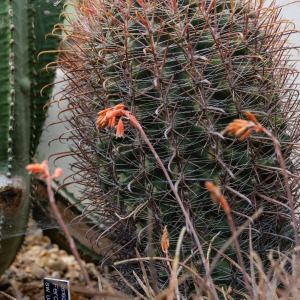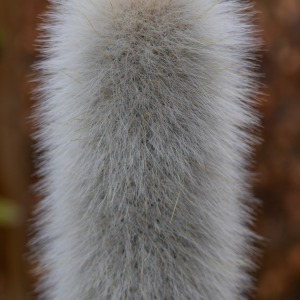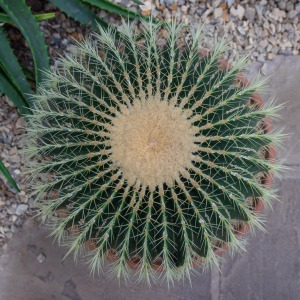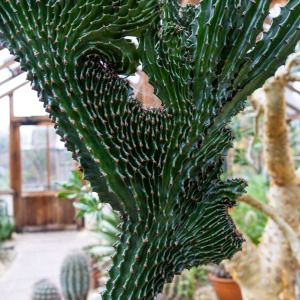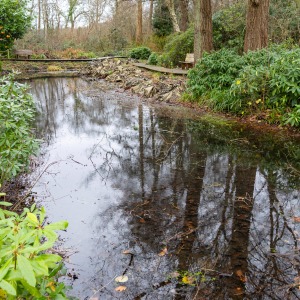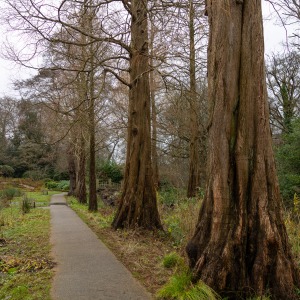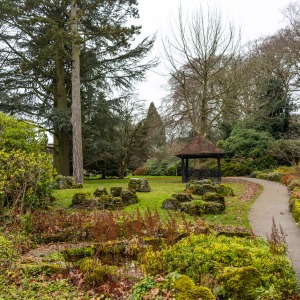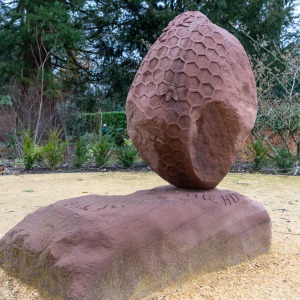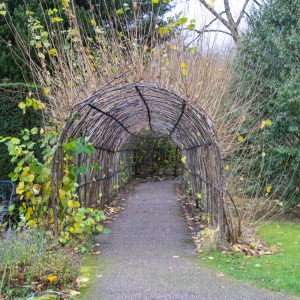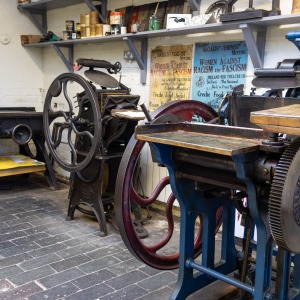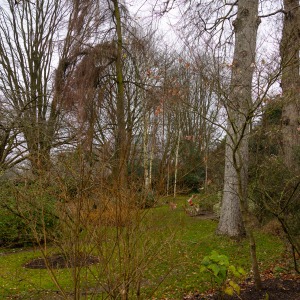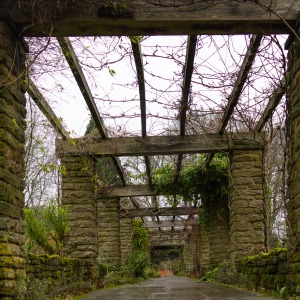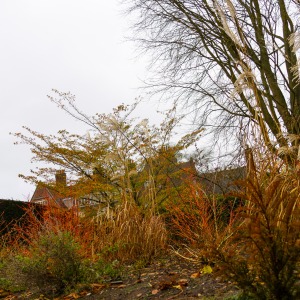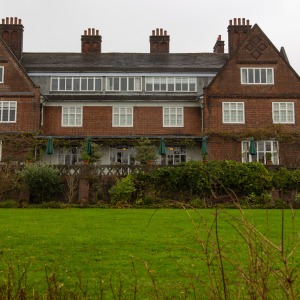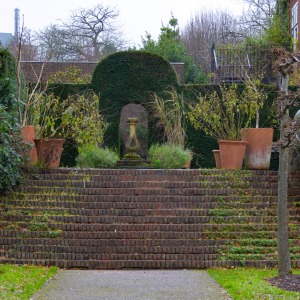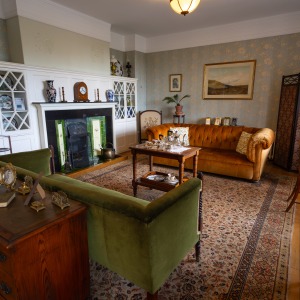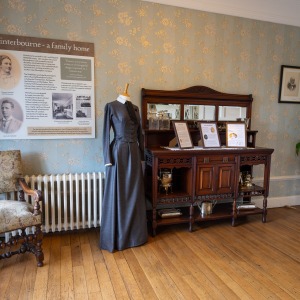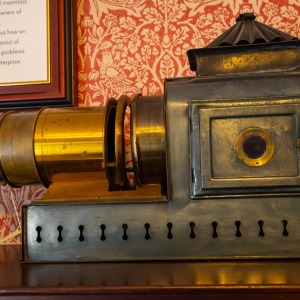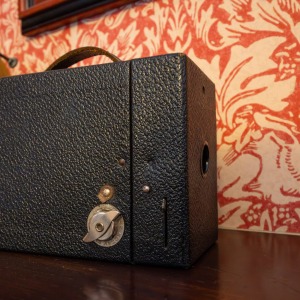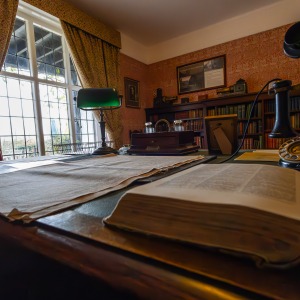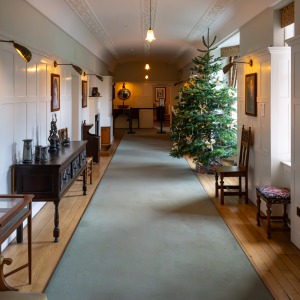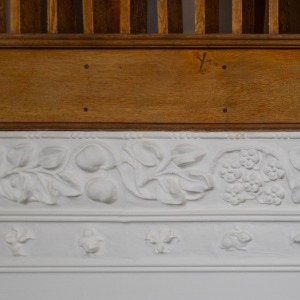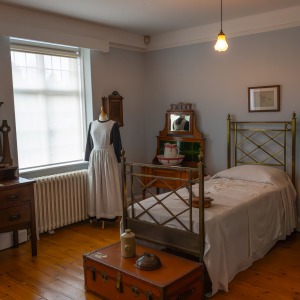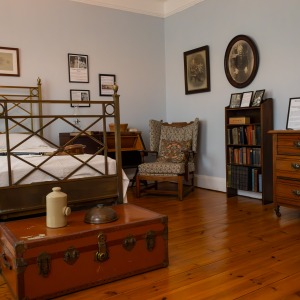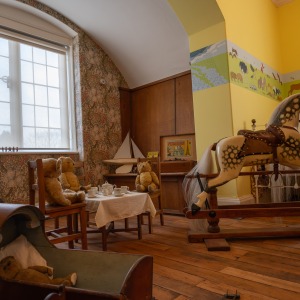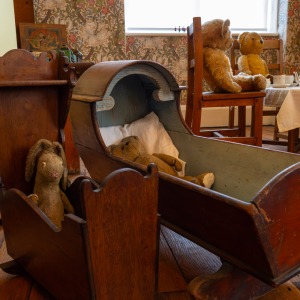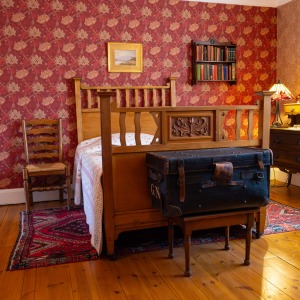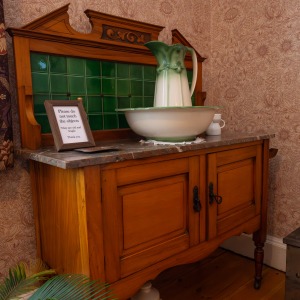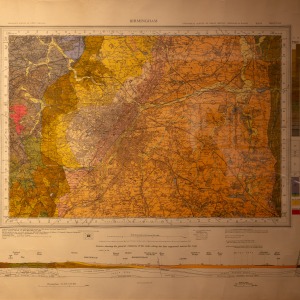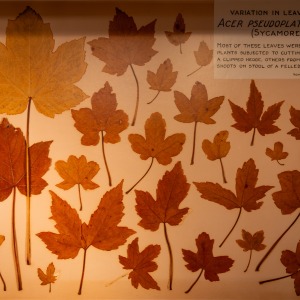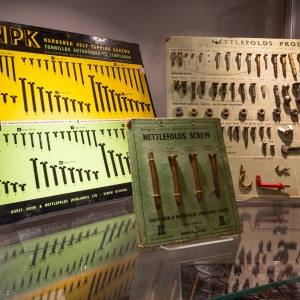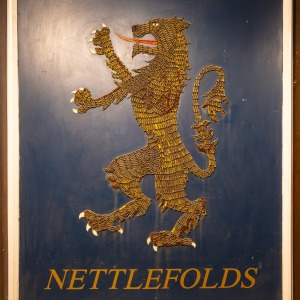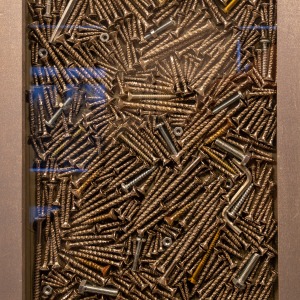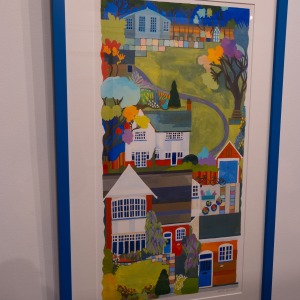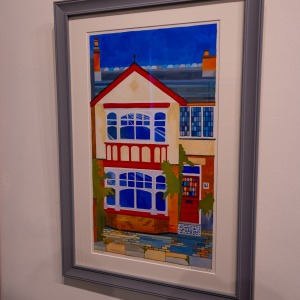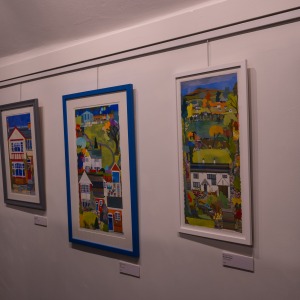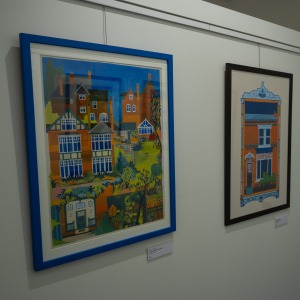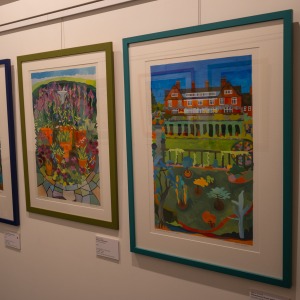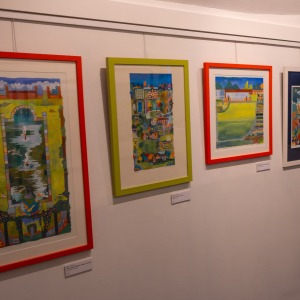Winterbourne House and Garden
9th December 2024
Today we headed to Winterbourne House and Garden, near the University of Birmingham in the city. In fact, the house and gardens are now part of the university. We arrived early but could not park outside; the gates of the carpark are locked until opening time. It is a small carpark, and the advice is that if it is full, park across the road in a multi-story. We drove on and lurked in a layby, where there was a tricycle operated coffee stall, pandering to the students as they walk to their lectures. The youth of today, we never had anything other than powdered instant in my day.
Back to the house, for opening time, and to meet up with Valerie, Norman, Viv and Bill. Coffee & chat in the café, and then a wander around the gardens before lunch. The gardens should look amazing in the summer; because they certainly weren’t too shabby in the winter. The sunken Japanese garden, I felt, should look fantastic in the spring. There are also a few greenhouses offering exotic plants, the desert greenhouse was definitely a place to stay, dry and warm. The tropical greenhouse was very humid, so I did not enter for fear of condensation forming inside the camera.
After lunch we walked around the very Arts & Crafts house. R felt it was a good display of William Morris wallpaper & fabrics. On the top floor we viewed the paintings of Helen Newton. Both Valerie and Viv take painting lessons from this artist. Many different techniques on display. R could have taken quite a few home with her.
The History of Winterbourne House and Garden
Winterbourne House and Garden is said to offer a glimpse into early 20th-century suburban living. Built in 1903 for John and Margaret Nettlefold of the Guest, Keen & Nettlefold company, this villa and its surrounding gardens stand as a testament to the Arts and Crafts movement and the progressive ideals of its time. The company GKN still exists.
The house is an example of local craftsmanship, showcasing the Nettlefolds’ commitment to quality and artistry. Its interior, adorned with intricate details and fine furnishings, offers a glimpse into the lifestyle of the affluent class during the Edwardian era.
An exhibition of GKN’s products, especially the famous Nettlefold screws, is shown in the house, a nod to the family’s industrial legacy.
Margaret Nettlefold, a visionary gardener, designed the expansive grounds, drawing inspiration from the renowned Gertrude Jekyll. The garden’s blend of formal and informal spaces, punctuated by colourful borders, winding paths, and tranquil water features, reflects the principles of the Arts and Crafts movement. In 2008, English Heritage recognized the garden’s exceptional historical and horticultural value by granting it Grade II listed status.
After the Nettlefolds, the house and garden passed into the hands of John MacDonald Nicolson, another passionate gardener who further enriched the landscape with features such as a scree garden and alpine plantings. Nicolson bequeathed the property to the University of Birmingham on his death which was in 1944.
